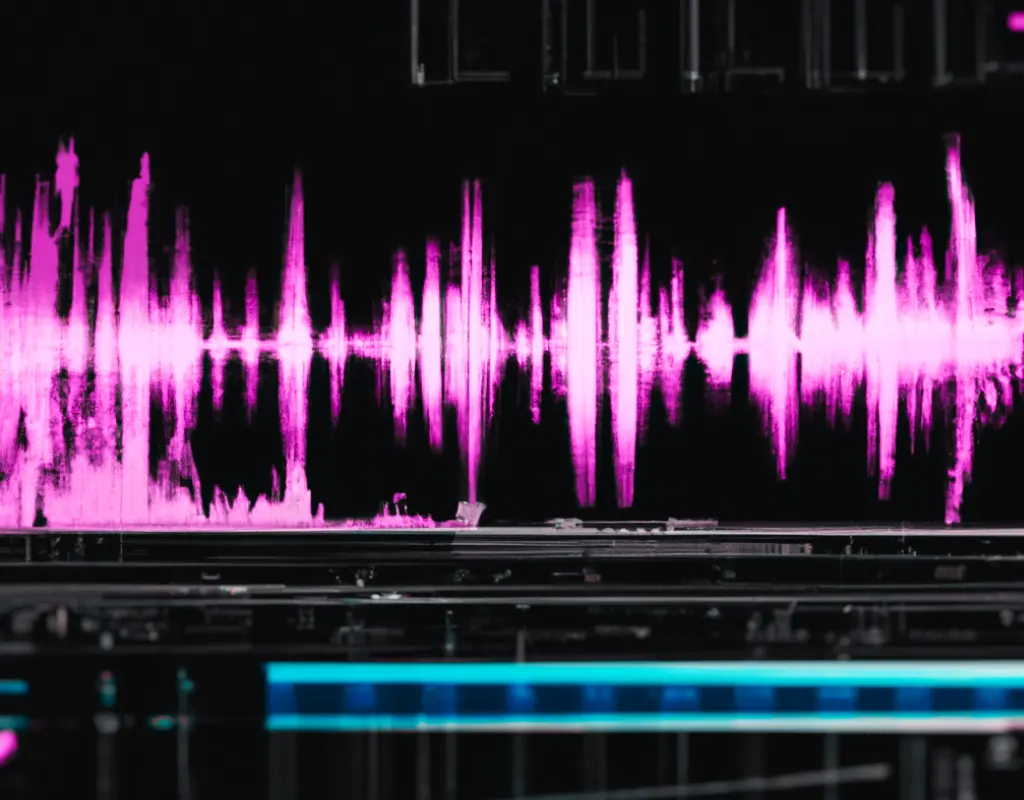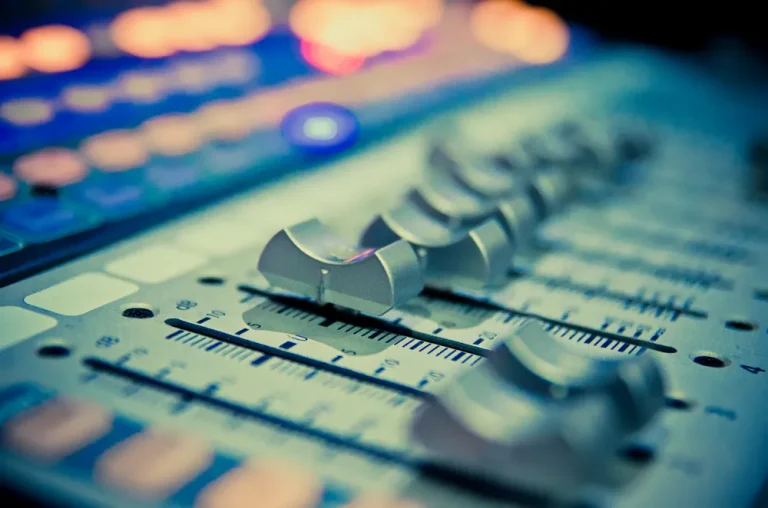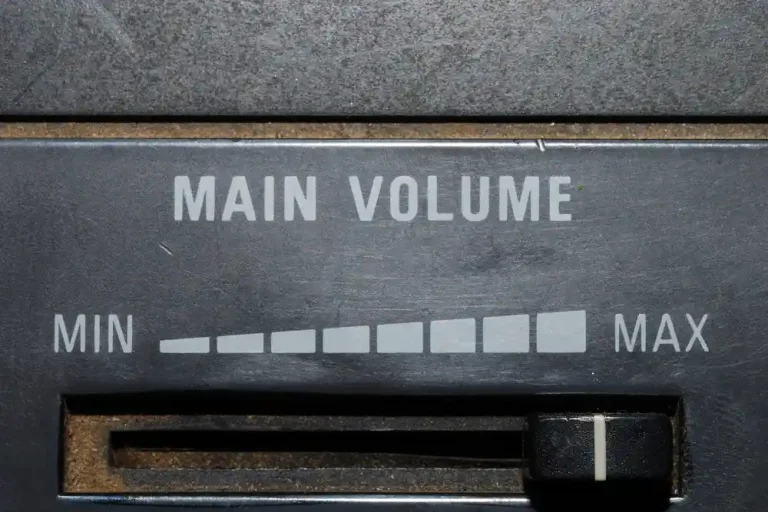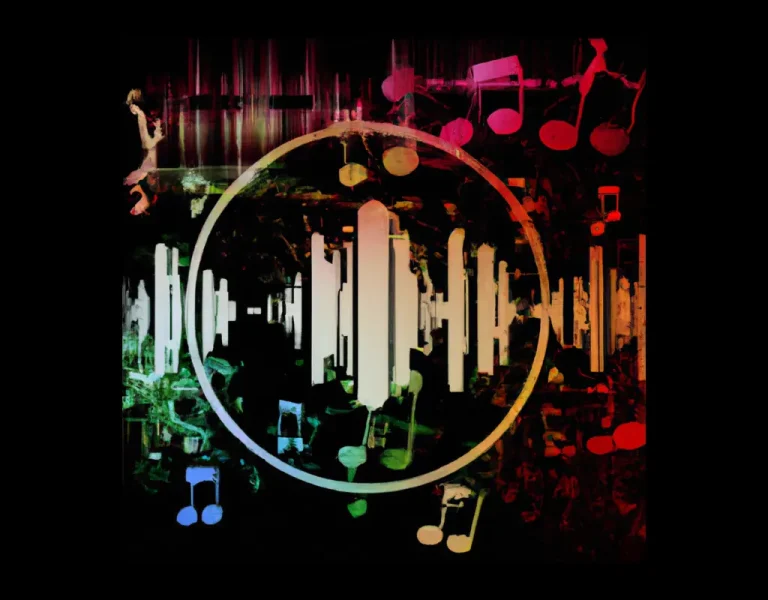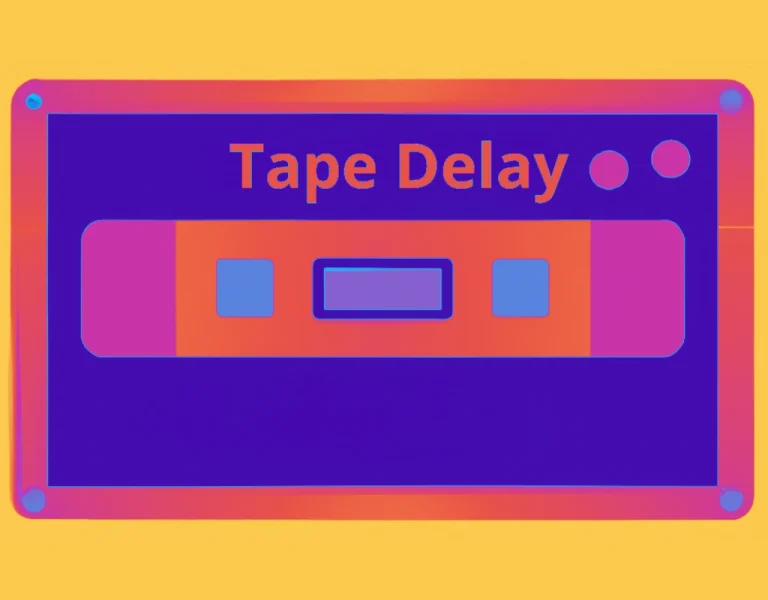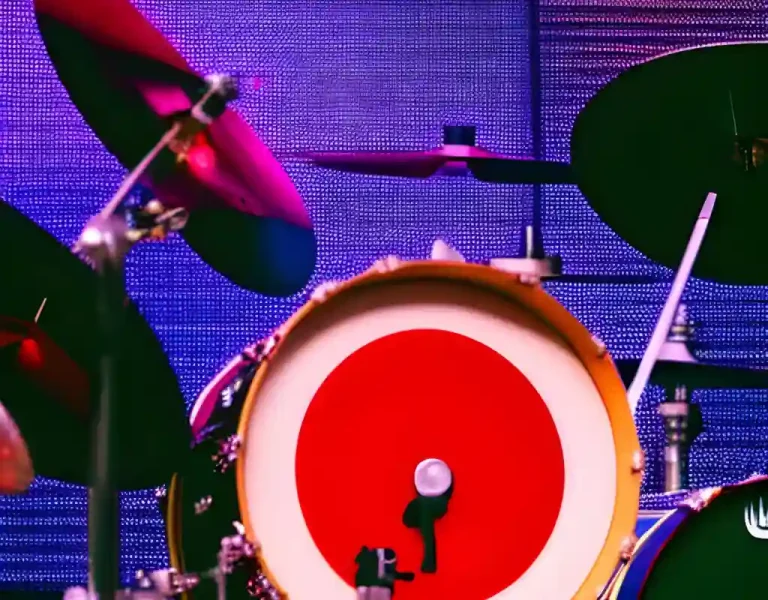What is a Pre-Delay Parameter in Reverb Effect? (Explained)
Dive into the world of audio production, and you’ll soon encounter the reverb effect, which is essential for creating depth in your mix.
But what exactly is the “Pre-Delay Parameter in Reverb Effect”?
Pre-delay determines the time gap between the original sound and the onset of the reverb. This parameter is crucial for maintaining clarity, as it prevents the reverb from “stepping on” the dry signal.
Ready to explore the wonders of pre-delay and unlock new dimensions in your audio productions? Let’s dive in and give your listeners an unforgettable, immersive experience!
Key Takeaways
- Pre-delay is crucial in reverb effects, determining the time gap between dry sound and reverb and affecting the perception of depth and distance in a mix.
- Proper pre-delay enhances space and realism by preserving important aspects of the original sound within the reverb tail.
- Adjusting pre-delay controls perceived distance and depth, requiring experimentation to achieve desired depth and space without compromising mix clarity.
Table of Contents
Understanding Reverb Effect
Reverb, short for reverberation, is an audio effect that simulates the natural reflections of sound waves in a physical space.
Adding reverb to an audio signal creates a sense of depth, space, and ambiance in the mix.
One important parameter in controlling a reverb effect is the pre-delay.
The pre-delay is the time between the dry audio signal and the onset of the reverb effect. In other words, it controls the gap between the original sound and when the first reflections are heard. This is useful in preventing the reverb from masking the raw sound and allows the audience to perceive a sense of space and depth in the mix.
Adjusting pre-delay can significantly impact the perceived size of the room.
For example, a short pre-delay setting might result in a smaller, more intimate space, while a longer pre-delay can give the feeling of a larger room or hall. According to MusicRadar, large room sizes work well with significant pre-delay.
When working with different sound sources, pre-delay settings may vary.
For instance, Producer Hive suggests considering pre-delay adjustments for drums to ensure the transients are heard just before the reverb tail. This helps maintain clarity while still incorporating depth and space as intended.
What is a Pre-Delay Parameter in Reverb?

Pre-Delay is an essential parameter in a reverb effect that can significantly influence the clarity and perception of sound in a mix. The Reverb tail is the time interval between the dry signal and the audible beginning of early reflections (Home Music Producer).
When using reverb effects, setting the pre-delay can create a sense of depth and space in the mix.
A carefully calibrated pre-delay allows listeners to perceive the original sound source more clearly, without being overwhelmed by the reverb effect. This can prevent the reverb from “stepping on” the dry signal, ensuring the sound remains coherent and focused (MusicRadar).
Adding pre-delay to a reverb effect can also help create a sense of distance between the sound source and its environment.
A longer pre-delay time simulates a greater distance between the listener and the reverb reflections (Sound On Sound).
In summary, the pre-delay parameter is critical in shaping the sound’s spatial characteristics, making it an essential tool for audio engineers using reverb effects.
Importance of Pre-Delay in Music Production
Pre-delay is a crucial parameter in the reverb effect, and it helps separate the dry signal and the reverb, allowing the source sound to retain its original character.
When used effectively, pre-delay can enhance the overall quality of a mix by reducing muddiness and providing a more spacious feel. (source)
In music production, the pre-delay parameter enables the artist or engineer to treat reverb similarly to delay by introducing a gap between the source signal and the reverberated one.
This allows the original sound to stand out from the reverb, preventing muddiness and providing a more natural listening experience. (source)
Using pre-delay can significantly affect a mix’s perception of depth and distance.
With longer pre-delay settings, the source sound appears closer to the listener while the reverb remains in the background. Conversely, shorter pre-delay settings merge the source sound and reverb, creating a more distant feel. (source)
Here are some important considerations while using pre-delay:
- Keep the pre-delay time below 50ms to maintain the natural characteristics of the reverb effect.
- Experiment with pre-delay times to find the optimal balance between your mix’s original sound and reverb.
- Use the pre-delay parameter in combination with other controls, such as decay time and reverb type, to achieve a wide range of sonic textures.
Adjusting Pre-Delay Based on Context
Pre-delay is a crucial parameter in the reverb effect, as it determines the time between the original dry sound and the onset of reverb reflections.
Setting an appropriate pre-delay time can enhance a mix’s perceived space, depth, and separation.
To adjust pre-delay based on context, consider several factors, including the space size you want to recreate and the type of instrument or sound source used. A pre-delay time of 0-10 ms is suitable for smaller spaces, while larger spaces might require longer pre-delay times (Waves).
Additionally, consider the music’s tempo and the mix’s rhythmic elements.
Syncopating the pre-delay time with the tempo can create a more cohesive, natural-sounding reverb effect.
Calculate the pre-delay value by using a reverb pre-delay calculator or by ear, adjusting it to fit the context of your mix.
Lastly, consider the prominence and clarity you want for each sound source in your mix.
A slightly longer pre-delay time can maintain clarity and separation for lead instruments or vocals. In contrast, shorter pre-delay times for supporting elements can blend these sounds more seamlessly into the mix.
Remember to use your ears and adjust the pre-delay settings according to the desired outcome. Different musical contexts and genres require different approaches to achieve the optimal reverb effect.
Examples of Pre-Delay in Action
This section will discuss a few examples of pre-delay effectively used in different situations.
When mixing vocals, pre-delay can separate the dry vocal signal from the reverb, adding space and depth while ensuring the vocal remains clear and upfront.
For example, a singer’s vocal can have a reverb with a pre-delay time of 25 milliseconds, allowing the initial dry signal to be heard before the reverb starts (source).
Listed below are more examples of pre-delay in action:
| Technique | Instrument | Pre-Delay | Benefit |
| Drums and percussion | Snare drum | 10-15ms | Clear attack without washing out in reverb |
| Creating Distance in Mix | Piano | 20ms | Instruments sound closer, spatially arranged in the mix |
| Creating Distance in Mix | Guitar | 40ms | Instruments sound further away, spatially arranged in the mix |
Conclusion
In summary, the pre-delay parameter within a reverb effect plays a vital role in audio processing, enabling producers and engineers to manage the time interval between the original sound and the onset of the reverb.
Manipulating this time gap can dramatically influence a listener’s perception of depth and distance in a mix and determine the reverb effect’s overall character.
Using pre-delay effectively can enhance a sense of space and realism in recordings by preserving crucial transients and features of the original sound within the reverb tail.
Experimenting with various pre-delay settings can produce creative outcomes, ranging from subtle distinctions to significant shifts in the spatial arrangement of elements in a mix.
Although there are no rigid guidelines for utilizing pre-delay, it’s crucial to avoid excessively long settings, which can compromise the natural character of the reverb and result in an unnatural sound.
As with any audio processing technique, mastering pre-delay requires experimentation and practice, always keeping the intended outcome in mind.
By understanding the significance of pre-delay within the overall reverb effect and employing it judiciously, producers and engineers can attain greater depth, clarity, and character in their mixes, ultimately enhancing their music’s overall quality and impact.
Frequently Asked Questions
How can pre-delay improve a mix?
Pre-delay can significantly improve a mix by introducing a time gap between the dry sound and the onset of the reverb. This separation enables the original sound to be more distinguishable, allowing clarity and reducing muddiness, especially in busy mixes. Proper use of pre-delay can enhance the sense of space, depth, and realism in a mix. source
What role does pre-delay play in matching reverb to song tempo?
Pre-delay is essential in synchronizing the reverb effect with the song’s tempo, as it can be adjusted to match the specific beat or rhythm of the track. By setting the pre-delay to the correct timing values (often in milliseconds), the reverb’s onset aligns with the song’s tempo, creating a more cohesive and musical effect. source
How does pre-delay relate to room size?
The relationship between pre-delay and room size has to do with the perceived distance between the listener and the sound source. In larger rooms, sound takes longer to bounce off surfaces, thus creating a more extended pre-delay time. Conversely, in smaller rooms, the time it takes for sound to reflect is shorter, decreasing the pre-delay time. Manipulating the pre-delay can mimic the sensation of different room sizes in a mix. source
Can pre-delay help vocals stay clear in a mix?
Yes, pre-delay can effectively help vocals remain clear and upfront in a mix. By setting a suitable pre-delay time, the vocals’ dry signal can be separated from the reverb’s onset, allowing the original sound to cut through the mix without getting lost or washed out in the reverb. This technique maintains the presence and intelligibility of the vocals while still providing a sense of space and atmosphere. source
How does pre-delay affect perceived depth?
Pre-delay plays a crucial role in dictating the perceived depth of a mix. Longer pre-delay times can create the illusion of a more expansive space, pushing the sound further back into the mix and giving a sense of distance. Conversely, shorter pre-delay times bring the sound source closer to the listener, providing more intimacy and immediacy. source
What’s the difference between pre-delay and decay time?
Pre-delay refers to the time gap between the dry sound and the onset of the reverb, whereas decay time is the length of time it takes for the reverb’s reflections to fade away. Pre-delay primarily affects the perceived distance and positioning of the sound source, while decay time influences the ambiance and duration of the reverb effect. Both parameters need to be carefully balanced for optimal reverb qualities. source

